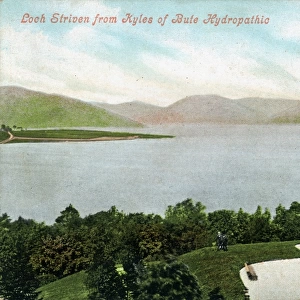Altar frontal from Durro
![]()

Wall Art and Photo Gifts from Mary Evans Picture Library
Altar frontal from Durro
Altar frontal from Durro. Romanesque art. Tempera on wood
Mary Evans Picture Library makes available wonderful images created for people to enjoy over the centuries
Media ID 8263799
© Mary Evans Picture Library 2015 - https://copyrighthub.org/s0/hub1/creation/maryevans/MaryEvansPictureID/10210440
Altar Frontal Romanesque Tempera Aisa
EDITORS COMMENTS
1. Title: "Altar Frontal from Durro: A Glimpse into the Rich History of Romanesque Art" The Altar Frontal from Durro is a stunning example of Romanesque art, showcasing the intricate and vibrant artistic traditions of the medieval period. This masterpiece, created using tempera on wood, dates back to the late 11th or early 12th century and was originally used as the decorative front of an altar. Hailing from the ancient town of Durro in Spain, this altar frontal is a testament to the rich artistic heritage of the region. The intricate design is characterized by its bold geometric patterns, lively figurative scenes, and vivid colors. The central image depicts the Last Judgment, with Christ enthroned amidst angels and saints, surrounded by an array of biblical figures and symbols. The Altar Frontal from Durro is a prime example of the Romanesque style, which emerged in Europe during the 10th to 13th centuries. This artistic movement was characterized by its emphasis on solidity, mass, and the use of rich colors. The style drew inspiration from the Byzantine and Islamic art, as well as the earlier Romanesque architectural traditions. The Altar Frontal from Durro is currently housed in the AISA (Instituto de Arte Sacro) in Barcelona, Spain, where it is cherished as a valuable addition to the country's cultural heritage. This masterpiece continues to captivate art enthusiasts and historians alike, offering a glimpse into the rich artistic traditions of the medieval period and the intricate craftsmanship of the Romanesque era. In conclusion, the Altar Frontal from Durro is a remarkable work of art that embodies the essence of Romanesque art and the intricate craftsmanship of the medieval period. Its vibrant colors, bold geometric patterns, and intricate figurative scenes continue to captivate and inspire, offering a glimpse into the rich artistic heritage of Spain and Europe.
MADE IN AUSTRALIA
Safe Shipping with 30 Day Money Back Guarantee
FREE PERSONALISATION*
We are proud to offer a range of customisation features including Personalised Captions, Color Filters and Picture Zoom Tools
SECURE PAYMENTS
We happily accept a wide range of payment options so you can pay for the things you need in the way that is most convenient for you
* Options may vary by product and licensing agreement. Zoomed Pictures can be adjusted in the Cart.










